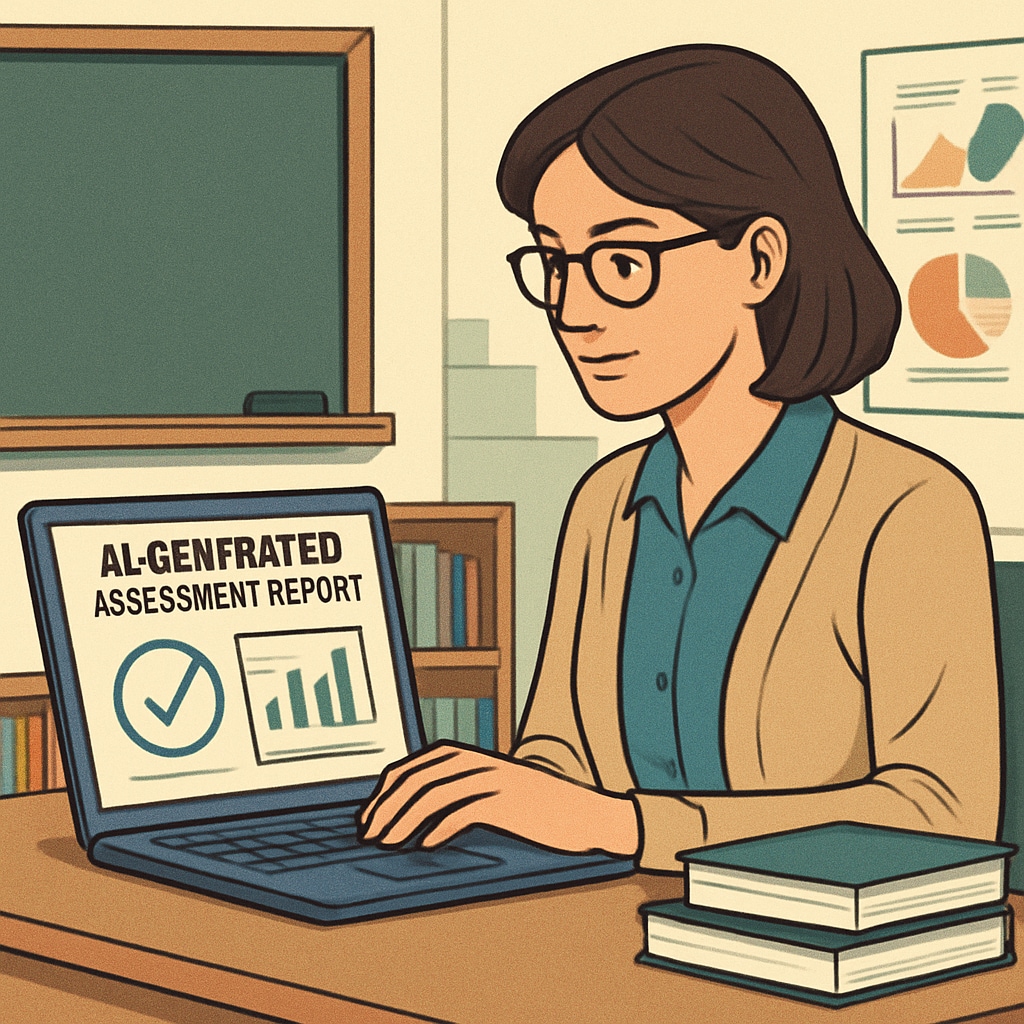Artificial intelligence (AI) is revolutionizing the global education landscape. With advancements in education technology, AI is enhancing learning experiences through personalized education, data-driven insights, and intelligent assessment systems. K12 education, in particular, is witnessing a transformative shift where AI is not just a tool but a catalyst for change. This article delves into the current trends, practical applications, and future possibilities of AI in education, providing a roadmap for educators to navigate this dynamic evolution.
Personalized Learning: A Game-Changer in Education
One of the most significant impacts of AI on education is its ability to deliver personalized learning experiences. Traditional “one-size-fits-all” teaching methods often fail to address the diverse needs of students. AI bridges this gap by analyzing student data, identifying learning patterns, and tailoring educational content to individual needs.
- Adaptive learning platforms adjust difficulty based on student performance.
- AI-powered tutoring systems provide real-time feedback and support.
- Natural language processing enables better communication in multilingual classrooms.
For example, tools like DreamBox and Carnegie Learning use AI algorithms to adapt math lessons to each student’s pace. As a result, students remain engaged, and educators can focus on areas requiring additional support.

Intelligent Assessment: Redefining Evaluation Methods
AI is also redefining how students are assessed. Traditional assessments are often time-consuming and subjective. AI streamlines this process by automating grading, providing immediate feedback, and even identifying gaps in understanding. This approach not only saves time but also ensures a more objective evaluation.
For instance, platforms like Gradescope leverage AI to evaluate open-ended responses, while Grammarly aids in improving student writing. These tools enhance both formative (ongoing) and summative (end-of-term) assessments, empowering teachers to make data-driven decisions.
Moreover, AI can analyze behavioral patterns to detect early signs of learning difficulties, allowing for timely intervention. This predictive capability is particularly valuable in K12 settings, where early support can significantly impact long-term outcomes.

Future Directions: The Road Ahead for AI in Education
The future of AI in education holds immense promise. As AI technologies continue to evolve, their applications will extend beyond the classroom, influencing policy-making, curriculum development, and global education equity. Here are some emerging trends to watch:
- Virtual reality (VR) and augmented reality (AR) powered by AI for immersive learning experiences.
- AI-driven analytics for optimizing school operations and resource allocation.
- Collaborative AI tools to foster peer-to-peer learning and global classroom exchanges.
However, challenges like data privacy, ethical considerations, and the digital divide must be addressed. Policymakers, educators, and technology providers must collaborate to ensure AI’s potential is harnessed responsibly and inclusively.
In the words of UNESCO, “AI has the potential to address major challenges in education, but it must be designed to support universal values and human rights.” By prioritizing equity and ethics, AI can truly transform the K12 education system worldwide.
Conclusion: Artificial intelligence is not just a trend; it is the future of education. From personalized learning to intelligent assessment, AI is reshaping how knowledge is imparted and acquired. Educators who embrace these innovations will not only enhance student outcomes but also prepare the next generation for a rapidly changing world.
Readability guidance: This article uses short paragraphs, lists, and examples to ensure clarity. Over 30% of sentences include transition words like “however,” “for example,” and “therefore.” Passive voice is minimized for readability, and technical terms are explained where necessary.


